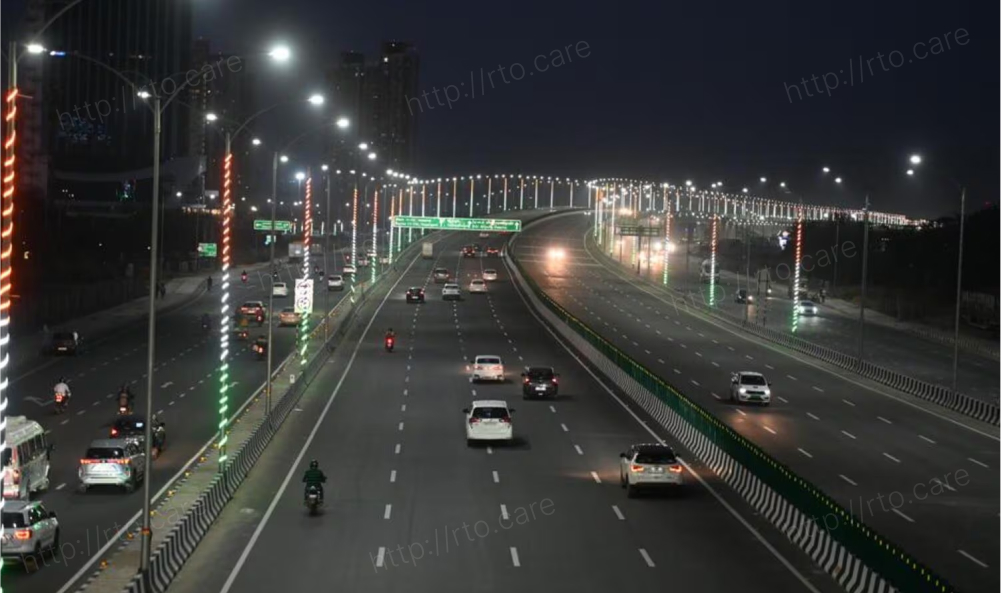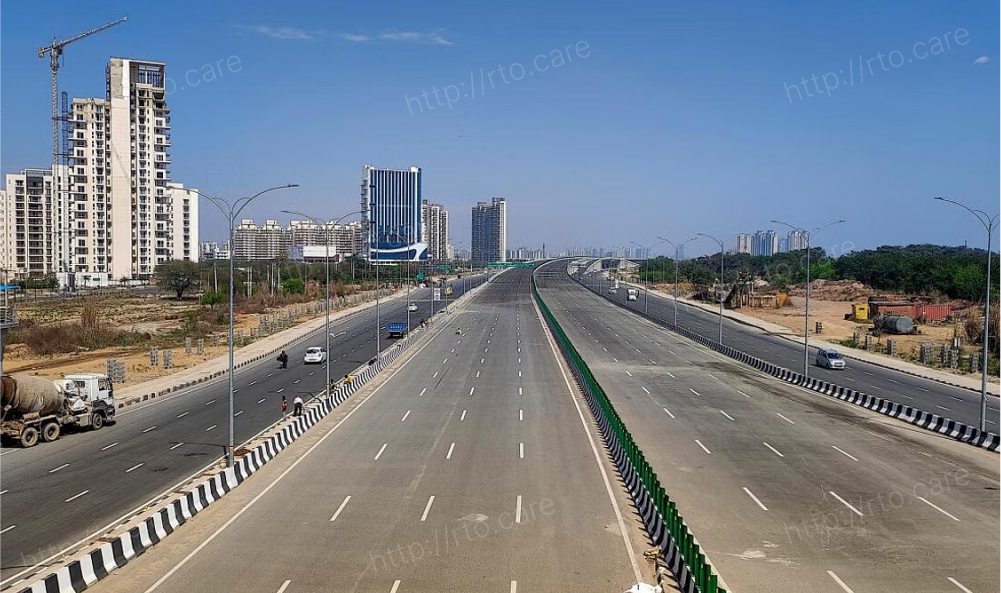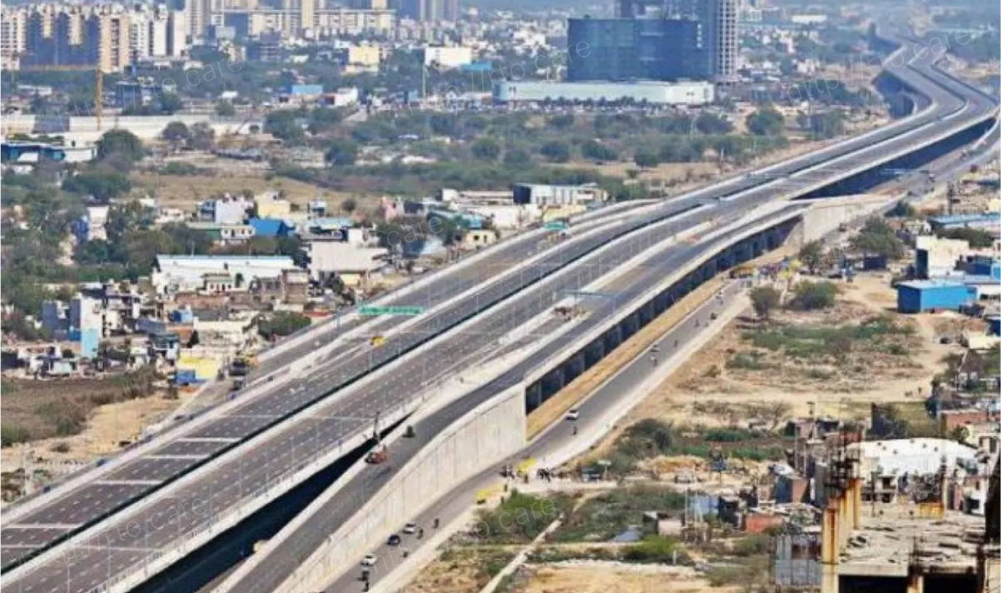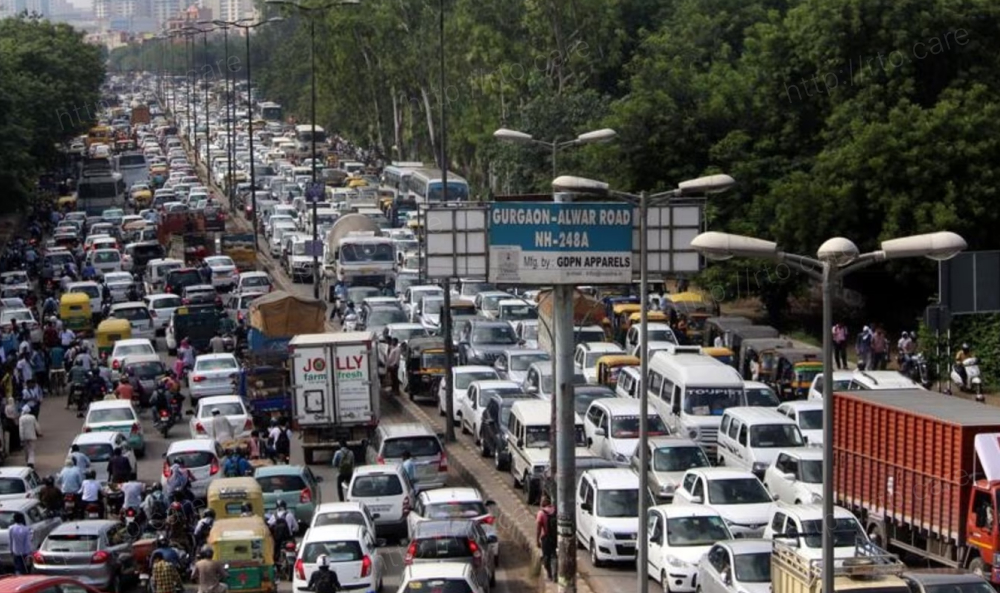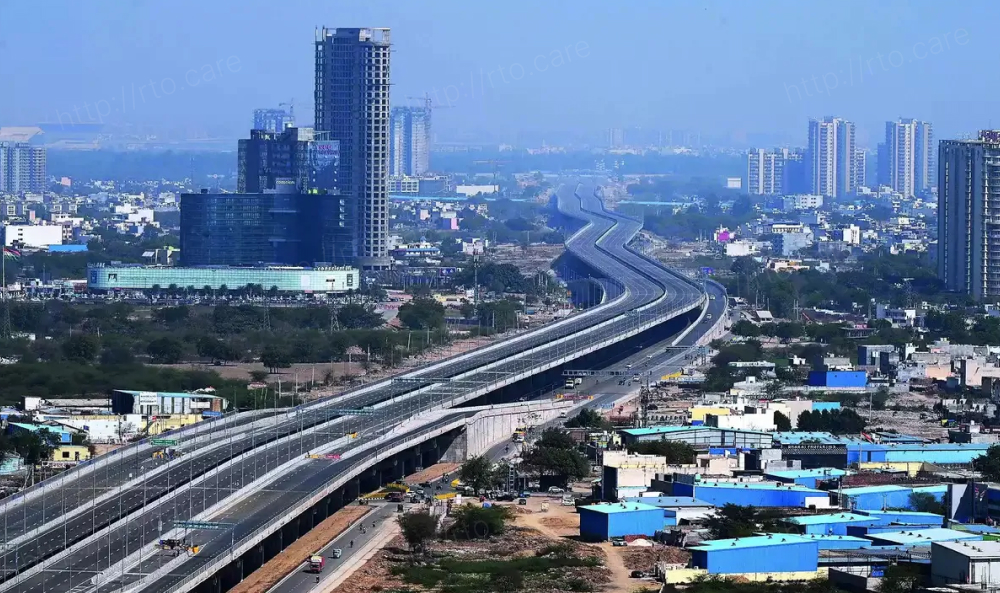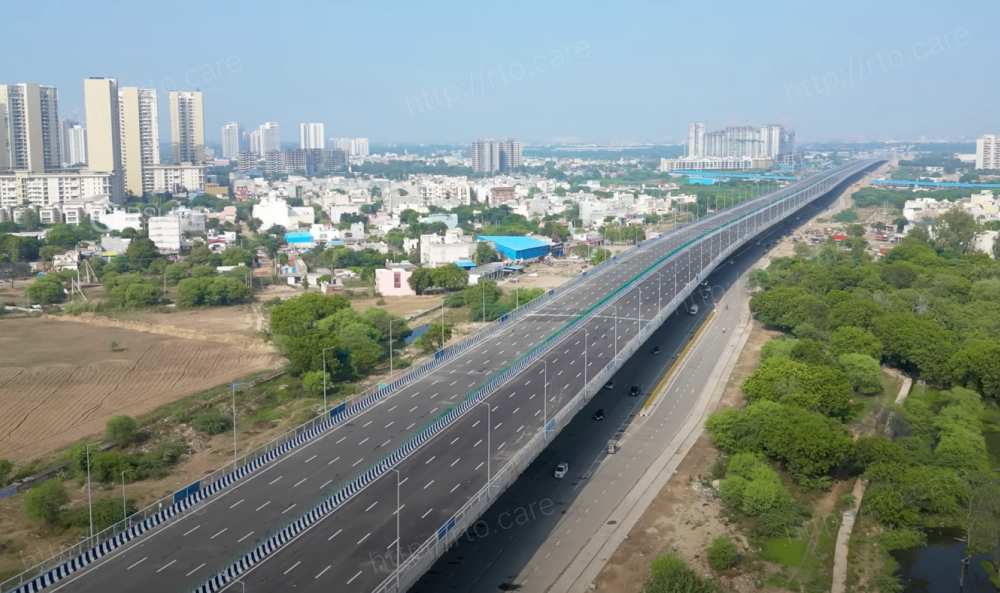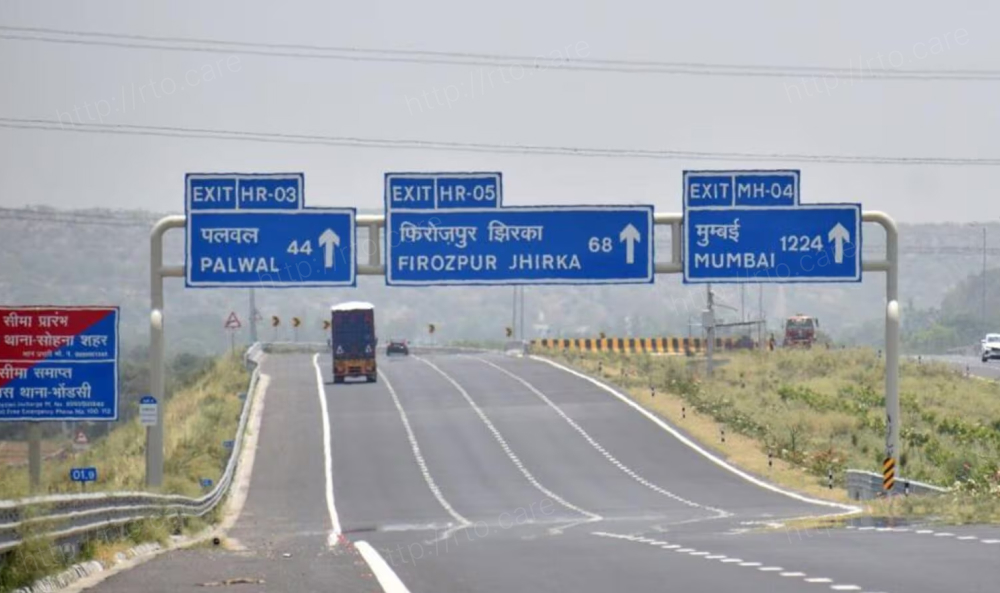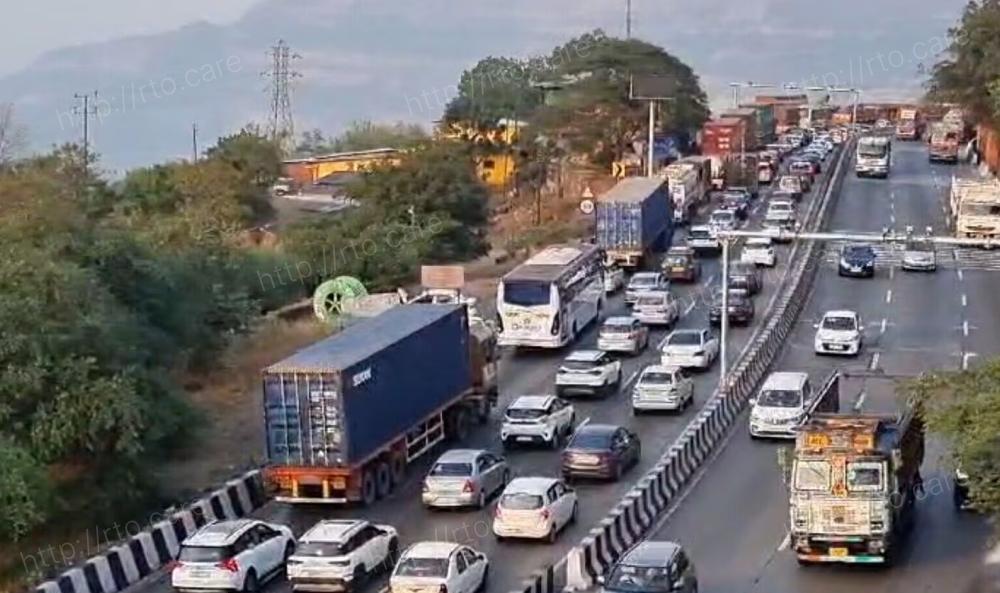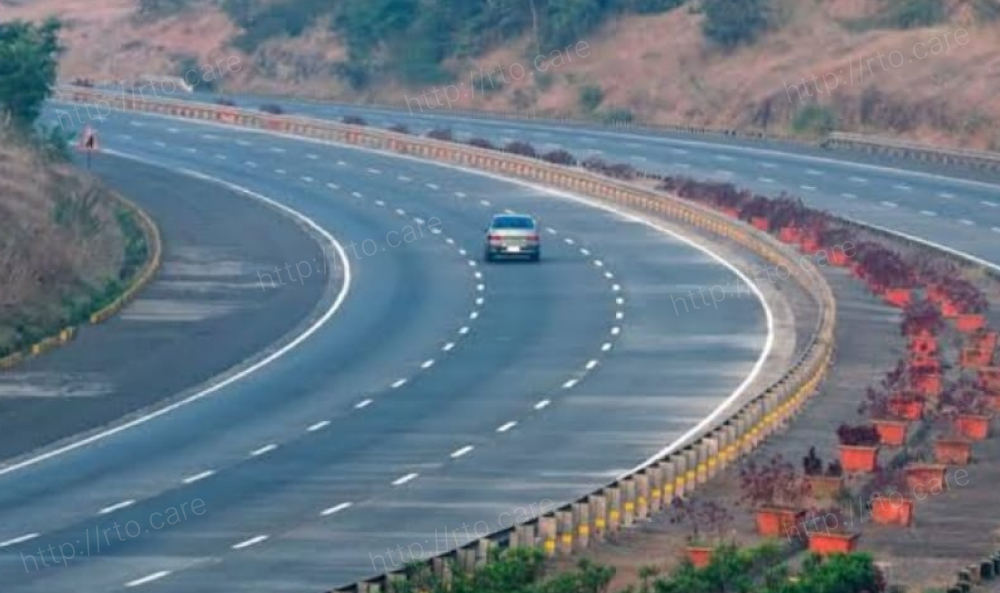The government is drafting a National Master Plan for the development of highways and expressways by 2047, aiming to enable trucks to cover over 800 km in a day, a senior official revealed on Thursday.
Currently, trucks in India typically cover 300-350 km a day, significantly less than their counterparts in the US and Europe, where the limit ranges from 750 km to 1100-1200 km per day. With the introduction of expressways and newer highways, this increase in speed is expected to reduce logistics costs by 3-4%.
A recent study conducted by the National Council of Applied Economic Research (NCAER), in collaboration with the Asian Development Bank (ADB) and industry experts, found that logistics costs in India account for 7.8% to 8.9% of the total economic output.
In September last year, the government introduced a logistics policy aimed at aligning India's logistics costs with global benchmarks by 2030. The policy also aims to improve India's ranking in the World Bank’s Logistics Performance Index (LPI) and create data-driven decision support mechanisms for a more efficient logistics ecosystem.
India ranked 38th out of 139 countries in the World Bank’s LPI rankings for 2023, an improvement of six places from 2018.
The National Master Plan, part of the broader Vision 2047 prepared by the Ministry of Road Transport and Highways, proposes the construction of 50,000 km of access-controlled highways. These expressways would be strategically located within 100-125 km from any point in the country.
Currently, the total length of access-controlled expressways in India stands at 2913 km. With ongoing highway development programs like Bharatmala, the total length of national highways is expected to exceed 2 lakh km.
Besides constructing greenfield expressways, the government is also focused on expanding capacity on existing highways. The share of highways with less than 2 lanes has decreased from 30% in 2014 to 10% in 2023, while highways with two lanes or more have increased to 58%, and those with four lanes or more now make up 32% of the total length.


